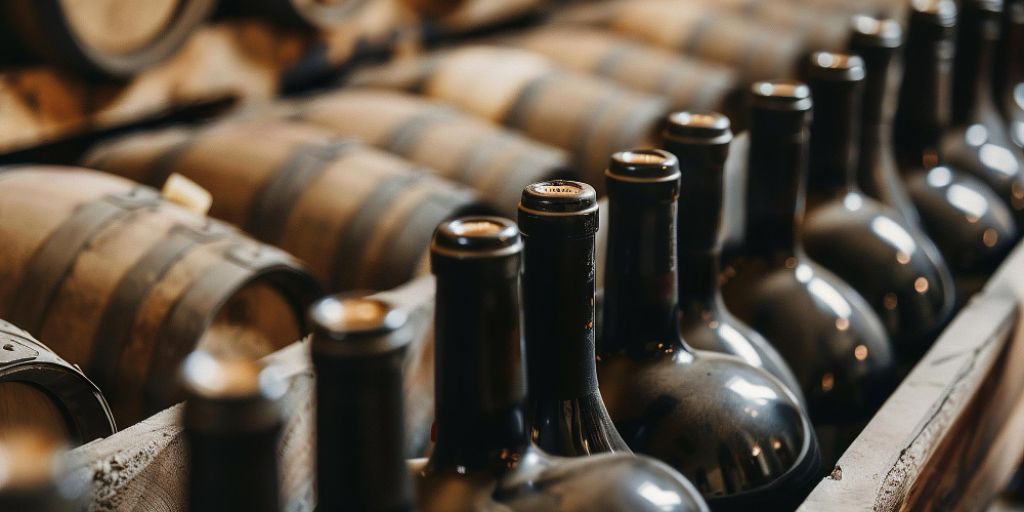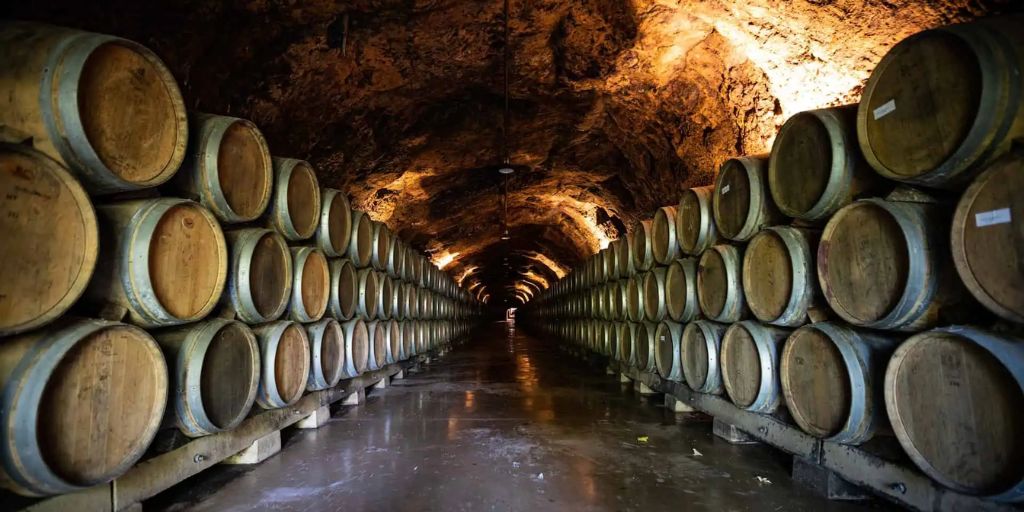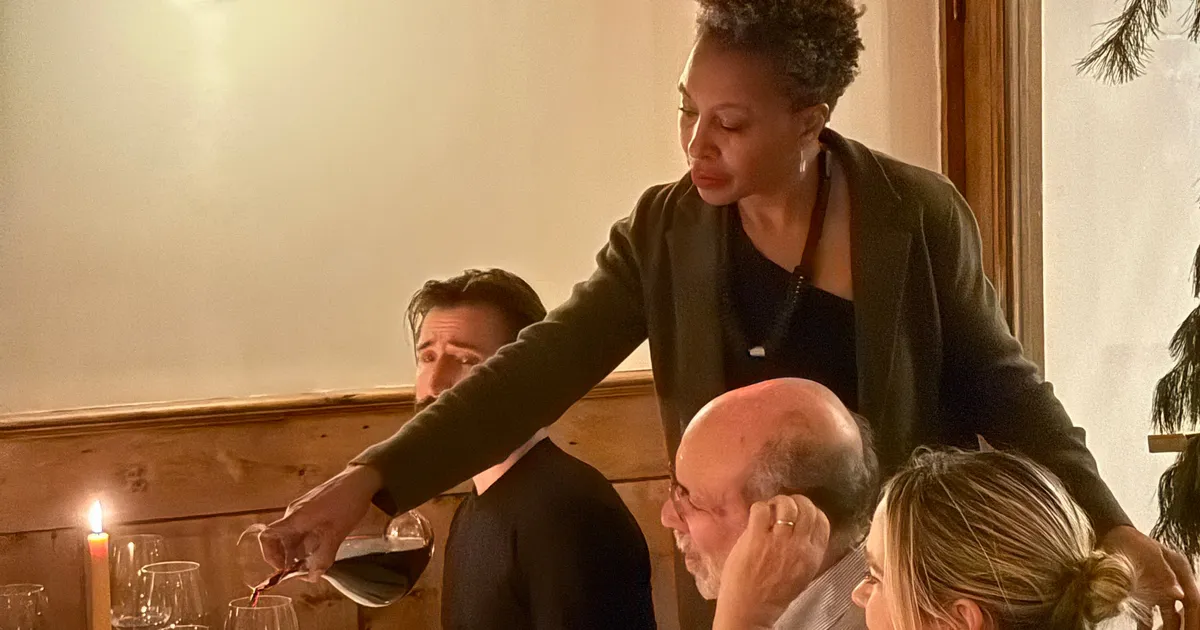Wine aging is one of the most romanticized aspects of winemaking and wine appreciation. The idea that a bottle can transform over time—developing deeper, more complex aromas and flavors—has captivated collectors and casual drinkers alike for centuries.
But what’s really happening inside that bottle as it sits quietly in a cellar? The process is as much about chemistry as it is about artistry.
Let’s dive into the science behind wine aging and explore why certain wines improve with time, while others are best enjoyed young.
What Is Wine Aging?
Wine aging refers to the gradual chemical changes that take place in a bottle over time, affecting the wine’s aroma, flavor, color, and mouthfeel. While most wines are made to be consumed within a year or two of production, a smaller percentage are crafted with aging potential, meaning they can improve and evolve over five, ten, or even fifty years.
Aging can happen in two main phases:
-
Barrel Aging: When wine is aged in oak barrels before bottling, allowing oxygen and wood compounds to influence it.
-
Bottle Aging: The more familiar concept of wine maturing in the bottle after production.
For this article, we’ll focus on bottle aging, where most of the long-term magic happens.
The Key Chemical Players
Several chemical components interact and evolve during wine aging:
-
Tannins: Found primarily in red wines, tannins are phenolic compounds from grape skins, seeds, and stems, as well as from oak barrels. They contribute to wine’s structure and astringency. Over time, tannins polymerize (bind together) and soften, leading to a smoother, rounder mouthfeel.
-
Acids: Wine contains various acids (like tartaric, malic, and lactic acid) that maintain freshness and balance. Aging may slightly reduce sharp acidity, and the interplay between acid and tannin is crucial for aging potential.
-
Esters and Alcohols: These compounds are responsible for a wine’s aromas and flavors. As wine ages, esters (formed from alcohol and acids) break down and reform, shifting fruity aromas into more complex notes like dried fruit, nuts, spices, and earthy characteristics.
-
Anthocyanins: These are pigments responsible for a wine’s color. In red wines, anthocyanins bind with tannins over time, which is why aged reds often lose their bright purple hue and take on brick or garnet tones.
-
Oxygen: Even in a sealed bottle, tiny amounts of oxygen seep through the cork. This micro-oxygenation allows gradual oxidation, which is essential for aging. However, too much oxygen can spoil the wine, turning it flat or vinegary.
Aging: Red vs. White Wine
It’s a common misconception that only red wines benefit from aging. While red wines generally have higher tannin content, which helps them age gracefully, certain white wines also develop beautifully over time. Examples include:
-
Reds with aging potential: Bordeaux, Barolo, Brunello di Montalcino, and Napa Valley Cabernet Sauvignon.
-
Whites with aging potential: Riesling, White Burgundy (Chardonnay), and some Chenin Blancs.
White wines age differently because they lack the high tannin levels of reds. Their aging is more reliant on acid and sugar content. A well-structured white can gain richness, honeyed notes, and nutty complexities with age.
What Happens to Flavor and Aroma?
As wine ages, its sensory profile shifts in several notable ways:
-
Primary aromas (from the grapes) like fresh fruit, floral, and herbal notes diminish.
-
Secondary aromas (from fermentation) such as yeast, bread, or lactic tones may evolve.
-
Tertiary aromas (from aging) become more prominent, bringing in leather, earth, tobacco, dried fruits, spices, and nuttiness.
For red wines, bold blackcurrant and cherry flavors can transition into dried fig, prune, cedar, and savory tones. For whites, fresh citrus and green apple may give way to baked apple, honey, almond, and even petrol notes (in aged Rieslings).
Factors That Affect Wine Aging
Several elements influence how well—and how long—a wine will age:
-
Acidity: Wines with higher acidity generally age better, as acid acts as a preservative.
-
Tannin: Strong tannins give red wines structure and longevity.
-
Sugar: Sweet wines like Sauternes or Tokaji can age gracefully for decades thanks to their high sugar content.
-
Alcohol: Moderate alcohol levels help balance the wine; too high can cause imbalance over time.
-
Storage Conditions: Proper storage is crucial—ideally at 55°F (13°C), with 70% humidity, in darkness, and lying on their sides to keep corks moist.
-
Wine Style: Not all wines are designed to age. Fresh, fruity styles (like Beaujolais Nouveau or most Prosecco) are best enjoyed young, while structured wines (like Bordeaux or Barolo) have the backbone to mature.

Why Some Wines Don’t Age Well
It’s important to note that over 90% of wines on the market are meant for immediate consumption. These wines emphasize fresh, fruity characteristics that can fade or deteriorate with age. Storing them too long can lead to flat, tired flavors and dull aromas.
The Peak Window
Even for age-worthy wines, there’s an optimal drinking window. Too soon, and tannins may be harsh; too late, and the wine may have lost its vitality. Tasting periodically and consulting expert reviews or vintage charts can help determine when a wine is at its peak.
Conclusion
The science of wine aging is a delicate dance of chemistry, artistry, and time. Tannins soften, acids integrate, and aromas evolve, creating a sensory experience that changes year after year. While not every wine is built to age, those that are can reward patience with depth and nuance that simply can’t be rushed.
For wine lovers, part of the magic lies in the wait—and in the joy of discovering how a cherished bottle has transformed. Whether you’re a collector with a deep cellar or a curious drinker saving a few special bottles, understanding the science behind wine aging deepens the appreciation of every glass you pour.


